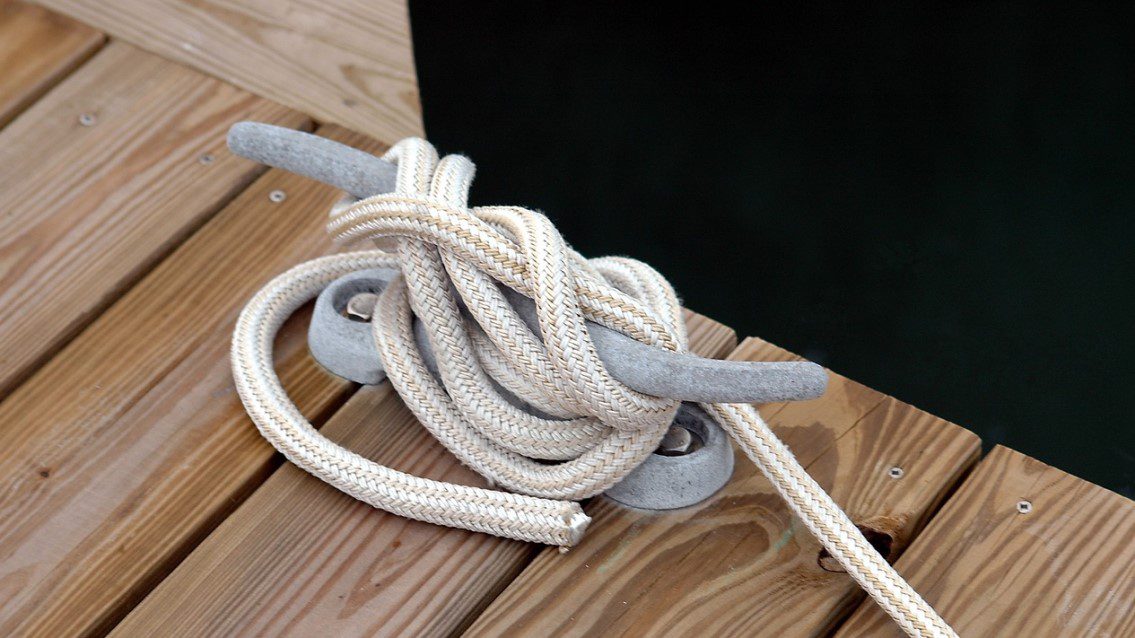![]()
Buttons Padin | McMichael Yacht Yards & Brokers
There was a print ad for Dewars Scotch in 1985 profiling Gary Jobson who since has become ubiquitous with sailing. In that ad, Gary’s quote was, “If you can’t tie good knots, tie lots of them.” I just called Gary to see if he wanted to update this quote and here’s what he said, “That quote was very tongue-in-cheek for the ad but today I’d say, ‘If you can’t tie good knots, take the time to learn how!’”

You can buy a book with scores of esoteric knots that are decorative or had some remote purpose on a tall ship, but here are the six knots every modern boater should know how to tie. Each one creates a “load balance” or “lock,” and each has a way to untie after being under pressure if tied properly.
- The Bowline – This is perfect for forming a strong loop capable of holding heavy loads. Tie up to a piling, attach a tow line, etc.
Simply, the rabbit goes into the hole, around the tree, and back into the hole. How many times have you heard this. The problem people have is that when you make the “hole,” the three/standing part of the line (the long end) has to be below/in back of the loop. When the rabbit comes out of the hole it loops under the tree and back in. To unlock a bowline, bend back the loop at the bottom of the hole.
There are lots of ways to quickly tie a bowline, but get the basics down first.
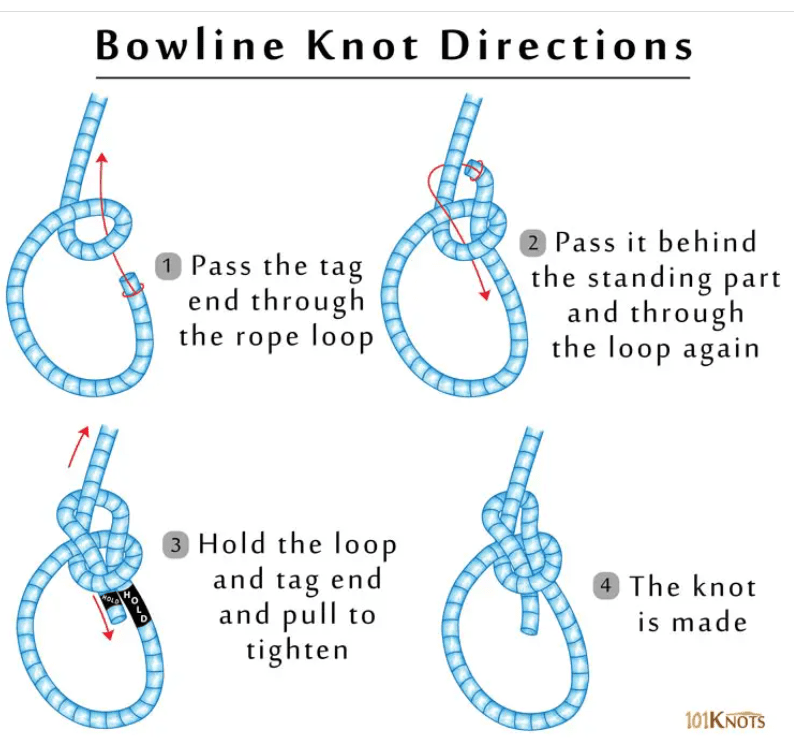
- The Square Knot – Used to tie together two lines of the same dimension. Think: right over left, left over right.
Do you ever wonder why your shoelaces don’t stay tied? It’s probably because you didn’t follow the instructions above. A bow is essentially a square knot with slip knots added to the ends. A properly tied square knot has both right and left lines exiting together – either both on top or both on the bottom. If you tie right over right and right over right, you’ve created an unbalanced Granny Knot that will slip...your shoelaces will untie.
To break a square knot, take both tails on one side and pull them apart. This will transform the knot into two half hitches that you can simply untie.
Pro Tip: When tying pesky boat shoelaces that don’t stay tied even with a proper square/bow, when you loop around one loop to tuck it in, continue looping it around and tuck it in a second time. It will create more friction so it won’t pull out yet it will untie cleanly like a regular shoelace bow. Teach this to your kids and save yourself a lot of bending over to tie their shoes.

- Stopper Knot – Used to prevent a line from running through a hole or running through a block.
First, non-knot tiers will simply do an Overhand Knot (once around the standing end). The problem here is that when loaded up, the angle of the loop is too tight to unlock. I’m not calling this a Figure Eight Knot because I don’t use Eights. An Eight knot passes the working end of the line around the standing end and then back through the eye you’ve created. This forms a somewhat larger “stopper” than an Overhand Knot that can also be untied. That said, I personally pass the working end around a second time before passing it through the loop to make a somewhat larger knot – a Double Eight. This provides even greater stopping capabilities.
Pro tip: When doing a stopper knot, pass a middle section of the working end through the loop creating a slip stopper. This makes it easier to untie when done...or in an emergency. It will also mollify owners that don’t want to put stopper knots in the ends of their spinnaker sheets.
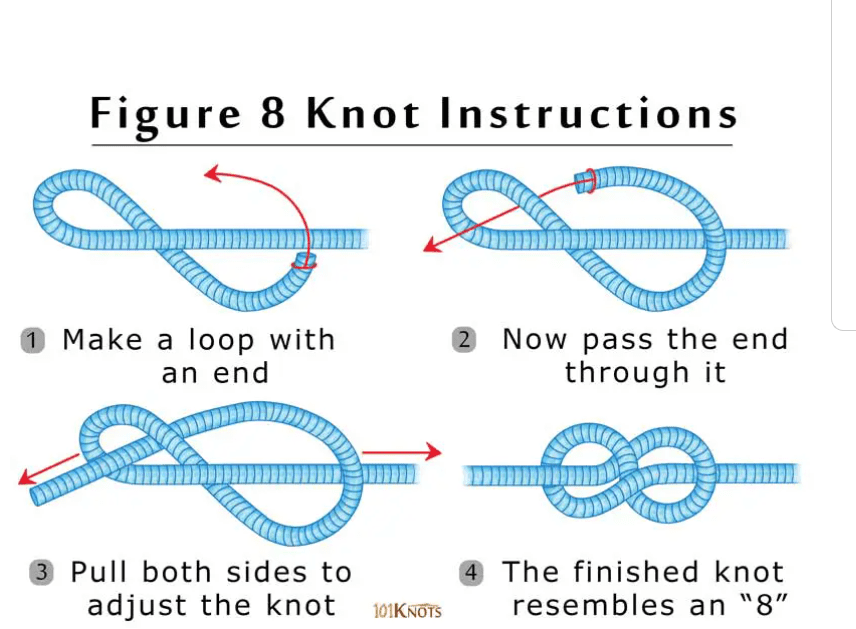
- Clove Hitch – Used to secure a line to a post.
Many people share my thinking that the Clove Hitch is our favorite knot. It’s easy to tie, easy to untie/unlock, and it has beautiful symmetry. One simply passes the working end of a line over the post with the end coming out on the right, you cross over your first loop, continue around the post again in the same direction, and tuck the working end under the loop you just created. Pull it tight and you’re done. To break a Clove Hitch, just pull back the working end.
Pro tip: Put a half hitch around the standing end of the line to ensure the Clove Hitch doesn’t slip when not under load and untie itself.
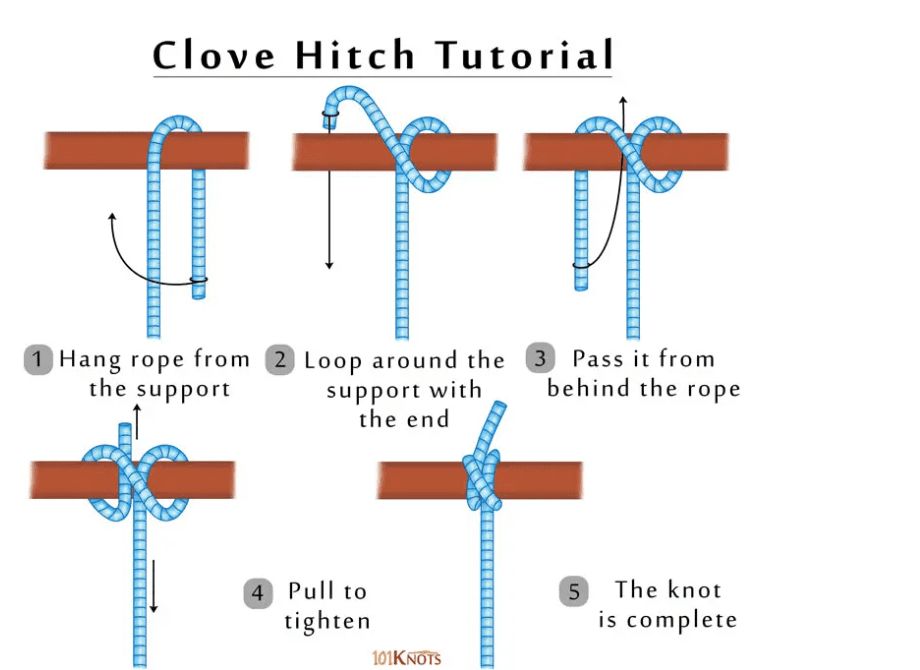
- Timber Hitch – Used to secure the end of a reef line around the outboard side of the boom.
When putting in a slab reef, the working end of the reef line is led up through the leech reef point, back down around the boom, and then is led under the boom and tied to itself. Many people use a bowline to secure a reef line; however, with all the loads that reef lines encounter, a bowline can become difficult to untie. Moreover, you need two hands to tie a bowline and in a reefing situation and you may not always have that luxury.
I learned the Timber Hitch in Boy Scouts and it’s an underappreciated knot. Simple run the working end under the boom and back around the vertical section of the reef line. Then, using only one hand, wind the working end back around itself four or five times. Take up the slack and you’re done. The multiple wraps will prevent it from untying itself and it will be very simple to untie even after having been under tremendous load.
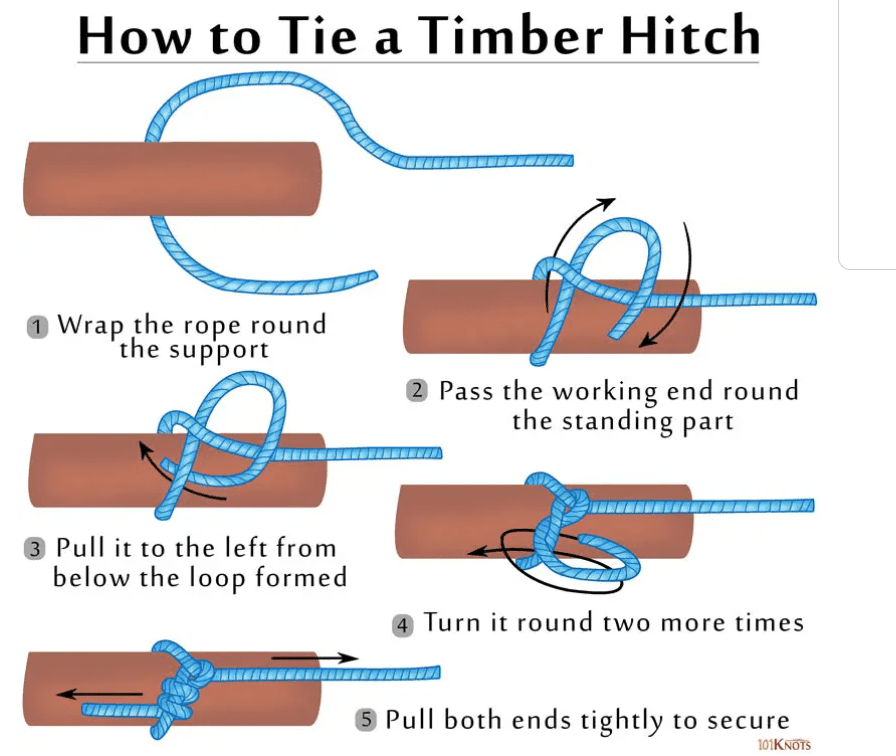
- Sheet Bend – Used to secure lines of different diameters.
The reason you can’t use a Square Knot to connect different sized lines is because the differential creates a load imbalance. The Sheet Bend overcomes that obstacle.
The Sheet Bend is tied in much the same manner as a bowline: create a hole with the larger line and use the thinner line as the rabbit.
Pro tip: As with the Double Eight Knot, you can tie an additional turn and create even a stronger bond.
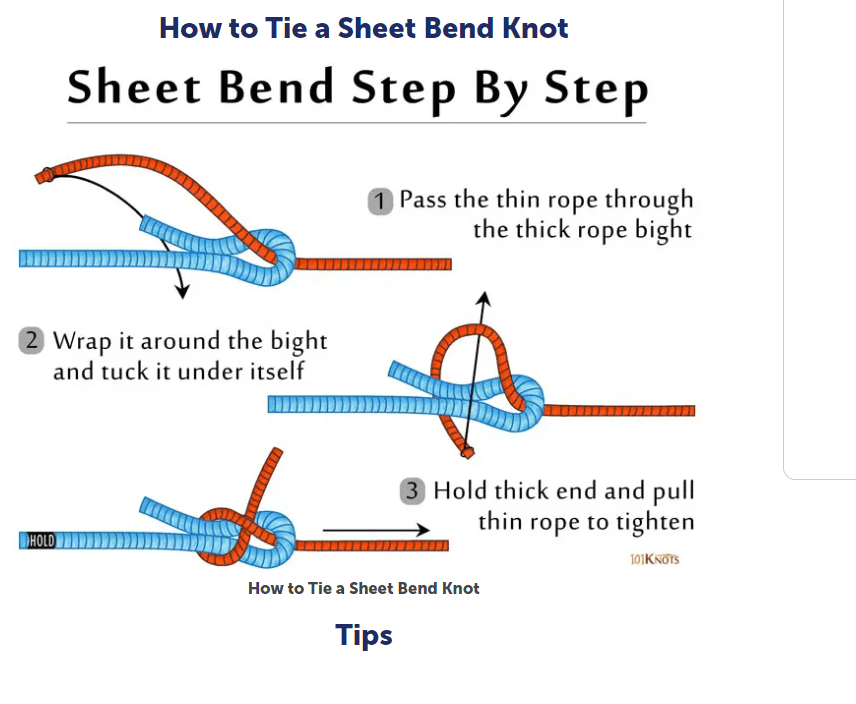
If you have any questions about what you should do this winter to become more proficient on the water, make sure you know all these knots by heart whereby you can tie them with your eyes closed. When you can, here’s another five knots to go after:
- The Anchor Hitch
- One/Two Half Hitches
- Bowline on a Bight
- Sheepshank
- Taut Line Hitch
Images: 101Knots.com

